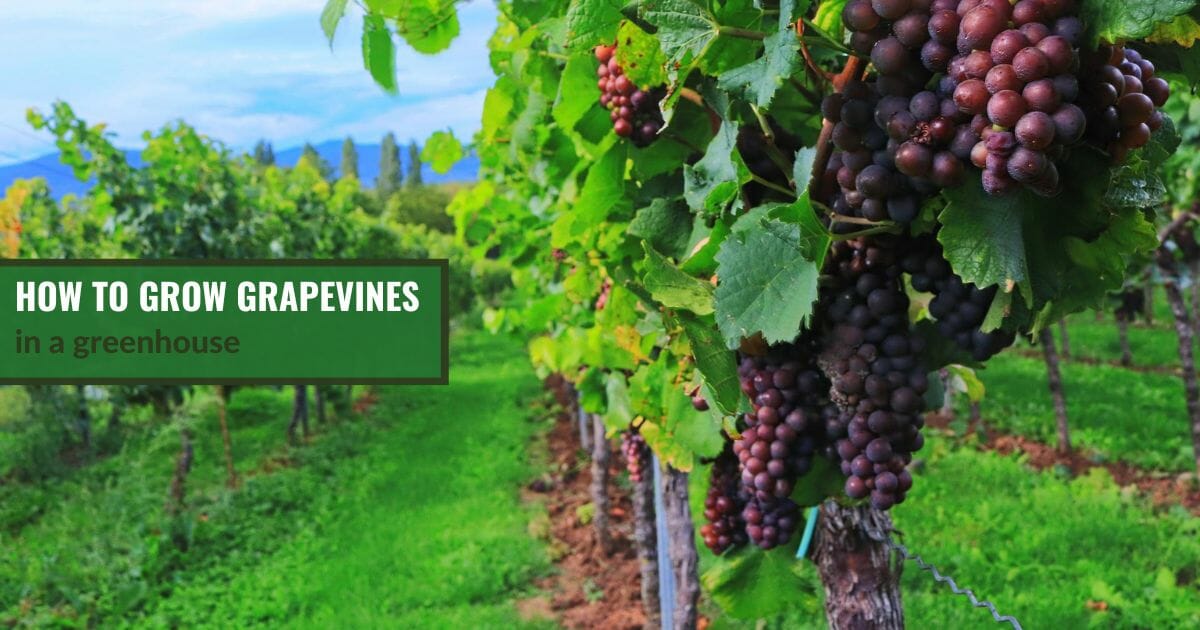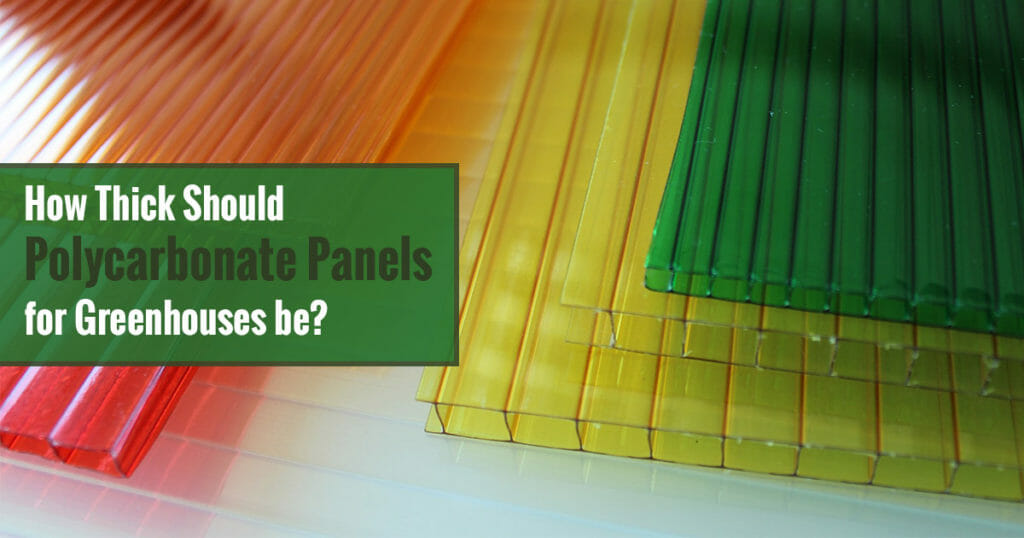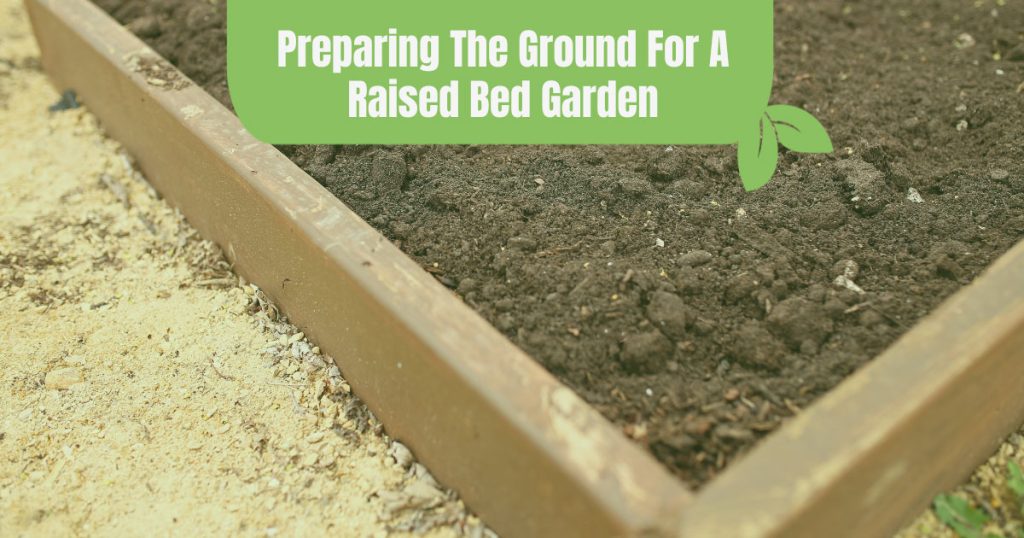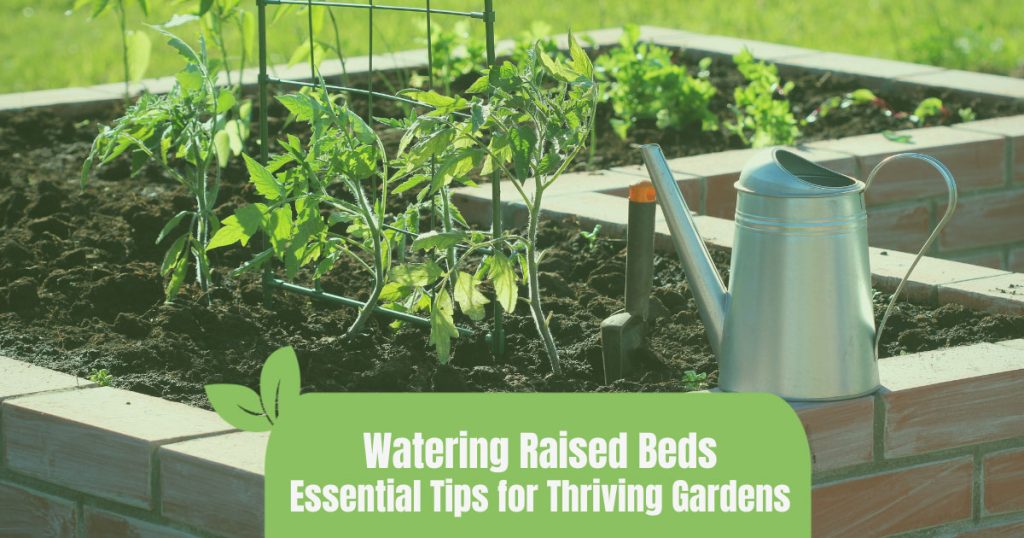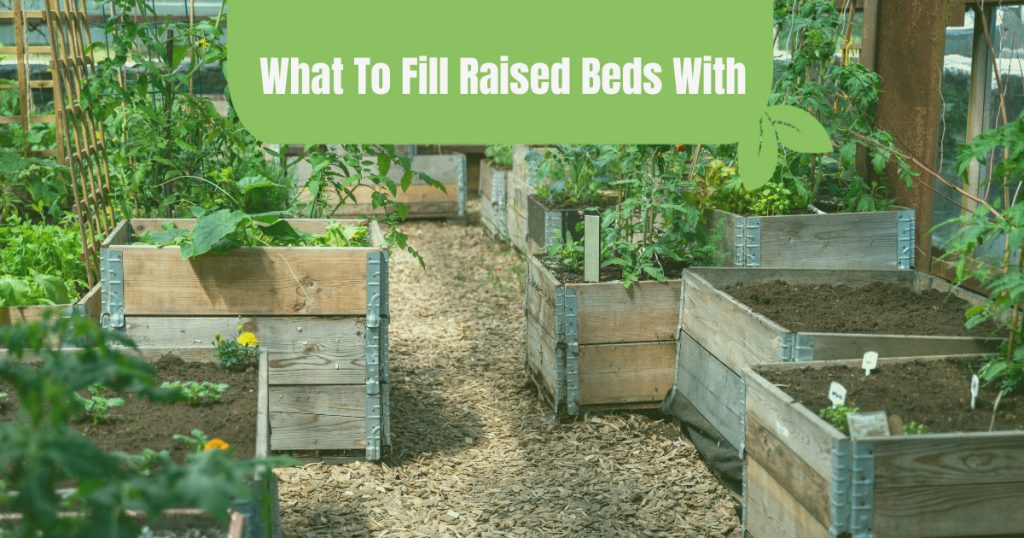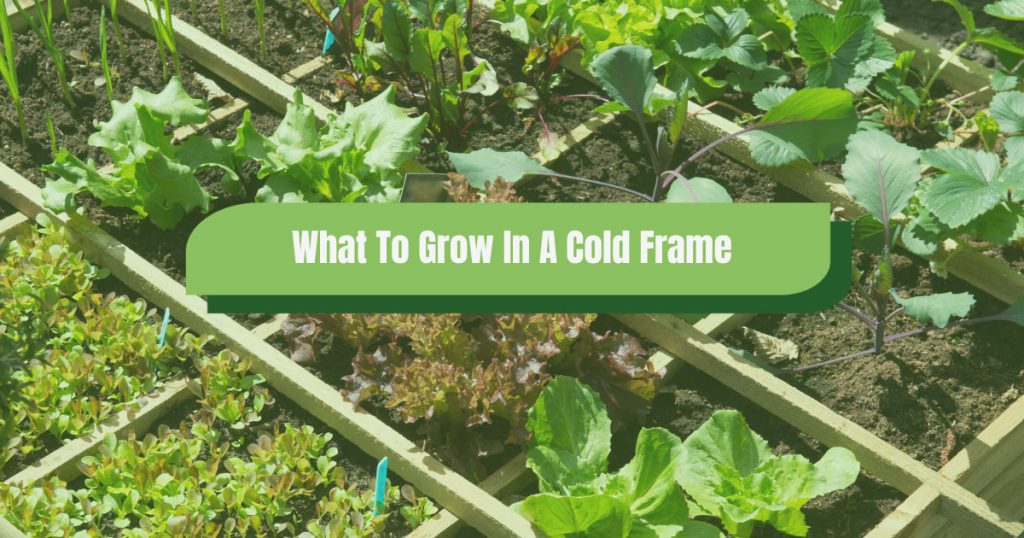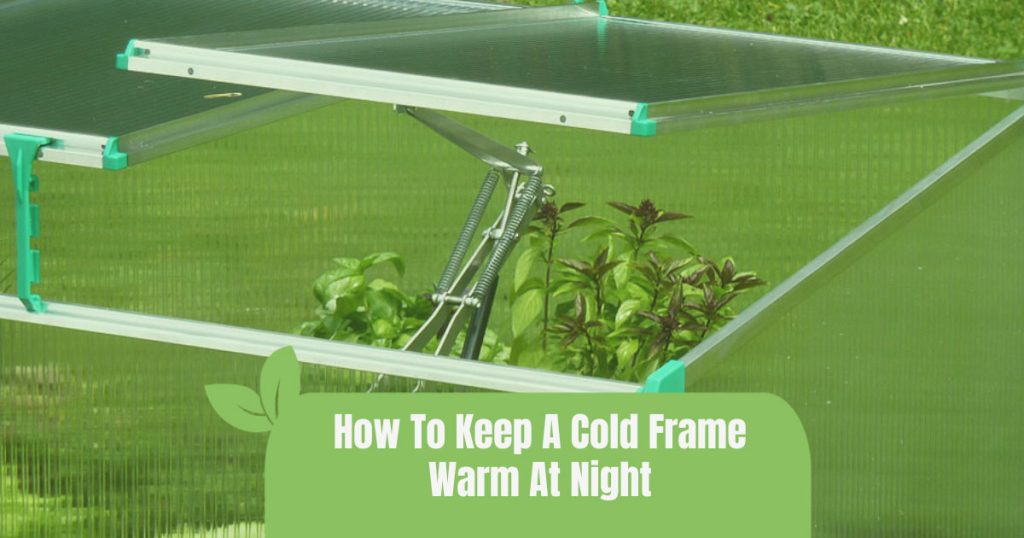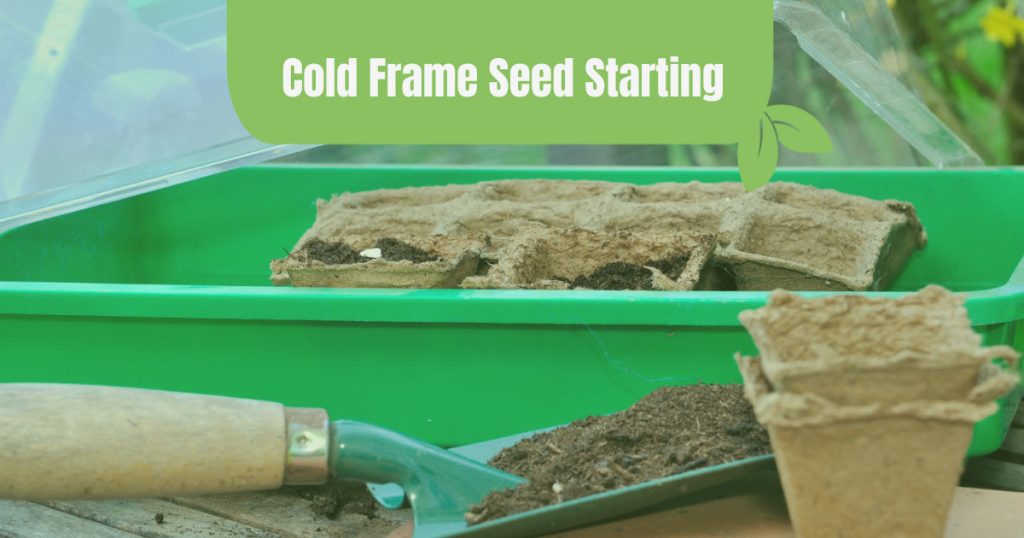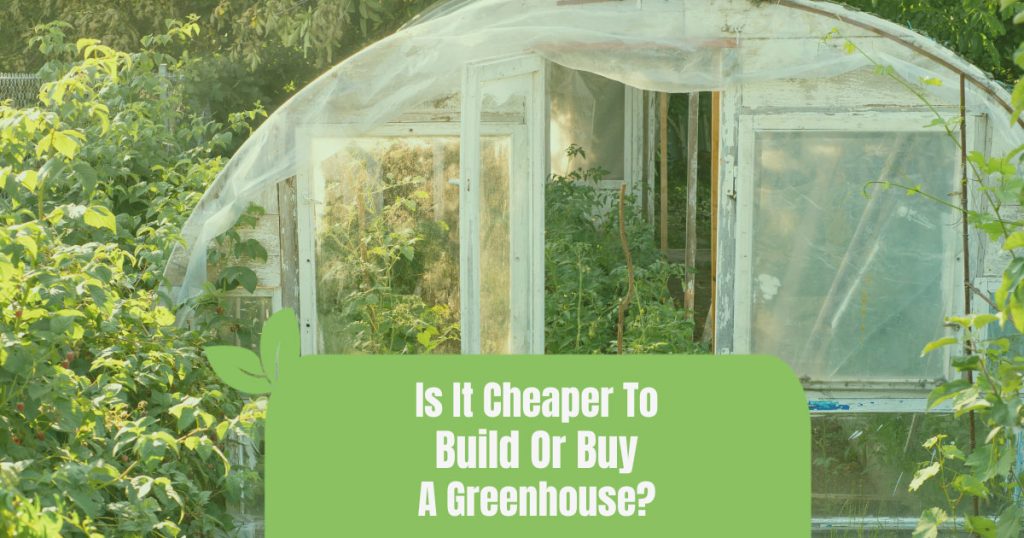




Grapes have been an integral part of human culture for thousands of years. Whether in the form of fresh table grapes, juice, jelly, or wine, grapes can be enjoyed by anyone, anywhere. So it’s no surprise that many people wish to try their hand at growing grapes at home.
Growing your own grapes might seem like an intimidating endeavor, especially if you live in a climate with harsh, cold winters. However, cultivating your own grapevines is possible for anyone with a greenhouse! By controlling the environment inside your greenhouse and planting the grapevines in a way suitable for your space and environment, you can easily start growing your own grapes.
Once you see how easy it is to grow grapevines in a greenhouse, you’ll wonder why you haven’t done so earlier! But don’t worry, it’s never too late to start. So keep reading to learn more about planting and caring for grapevines in your greenhouse!
How to plant grapevines in a greenhouse
As with many other plants, there is no one right way to plant a grapevine in your greenhouse. In fact, there are three main methods for planting grapevines in a greenhouse: planting the roots outside and training the vine into the greenhouse, planting the grapevine directly inside the greenhouse, or planting and growing the grapevine in a container such as a pot or tub.
It’s important to note that grapevines tend to take up quite a lot of space both in their foliage and their root mass. As a result, it’s important to analyze a few factors before planting your grapevine(s), including the amount of space in your greenhouse, the climate, and how many different varieties you wish to grow.
Regardless of the planting method you choose, make sure that your greenhouse receives plenty of sunlight throughout the day.
Planting with the roots outside
If your greenhouse is on the smaller side, it’s important to maximize the amount of growing space so that you can grow a number of different plants. An effective method for growing grapes in a smaller greenhouse is planting the roots outside and training the vine into the greenhouse. Of course, this method can be used for any type of greenhouse!
Because grapevines have such extensive root systems, this planting method allows you to not only save space inside the greenhouse, but it has the added benefit of potentially reducing the amount of greenhouse irrigation required to keep your grapes watered. By allowing the roots to spread outside, they’re able to absorb water and nutrients from the surrounding soil.
Once you’ve planted your grapevine(s) in the soil outside of your greenhouse, you can train the vine inside through a hole in the greenhouse wall. Prune your grapevines back after fruiting to control the amount of space they take up year after year.
This method is a particularly great option if your greenhouse doesn’t have an option for planting directly in the ground, which could be the case if it has a concrete or stone floor.
Note that the outside soil will remain colder longer than the soil inside your greenhouse, so grapevines grown this way might have a later start if your climate experiences particularly cold winters.
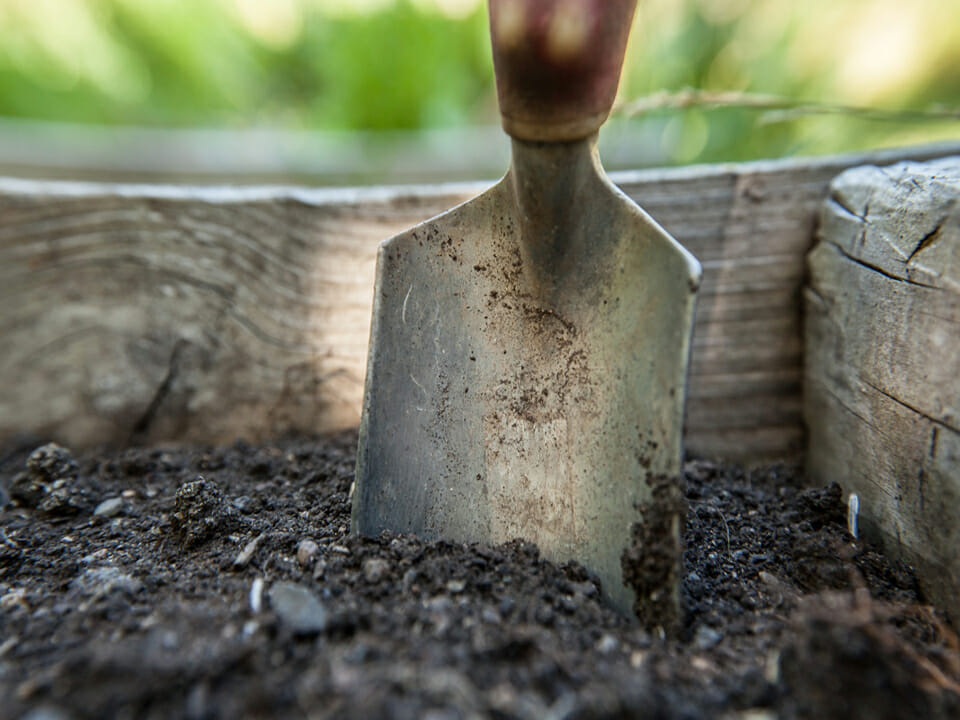
Planting with the roots inside
If your greenhouse doesn’t have a solid floor, you can plant your grapevines directly in the soil inside of your greenhouse. Because grapevines require a considerable amount of space to spread their roots, you should plant each vine at least 2-3 feet apart as well as away from other plants inside your greenhouse.
Thanks to the higher soil temperature in your greenhouse, grapevines planted using this method tend to have an earlier and faster growing start in the season. As a result, they’ll bear fruit in comparatively less time than grapevines planted outside. However, they’ll require more irrigation and consistent care since they’re grown inside.
Growing grapes in containers
Container planting is a third option for successful grapevine growing in a greenhouse. You can plant a grapevine in a tub, pot, or even a (large) hanging basket. Tubs and pots are ideal for grapevines, which require a minimum of 15 gallons to grow well.
A simultaneous benefit and downside of growing grapevines in containers is the fact that this method checks the growth of the vine and prevents it from taking over a greenhouse. This results in a smaller overall grapevine, which can be good for greenhouses with less space.
Unlike with grapevines planted in the ground, you can move the containers outside when the temperature warms up or when the vine has finished fruiting to make space for other plants in your greenhouse. This method is an excellent choice for the home grower, but note that plants grown in containers generally require more care.
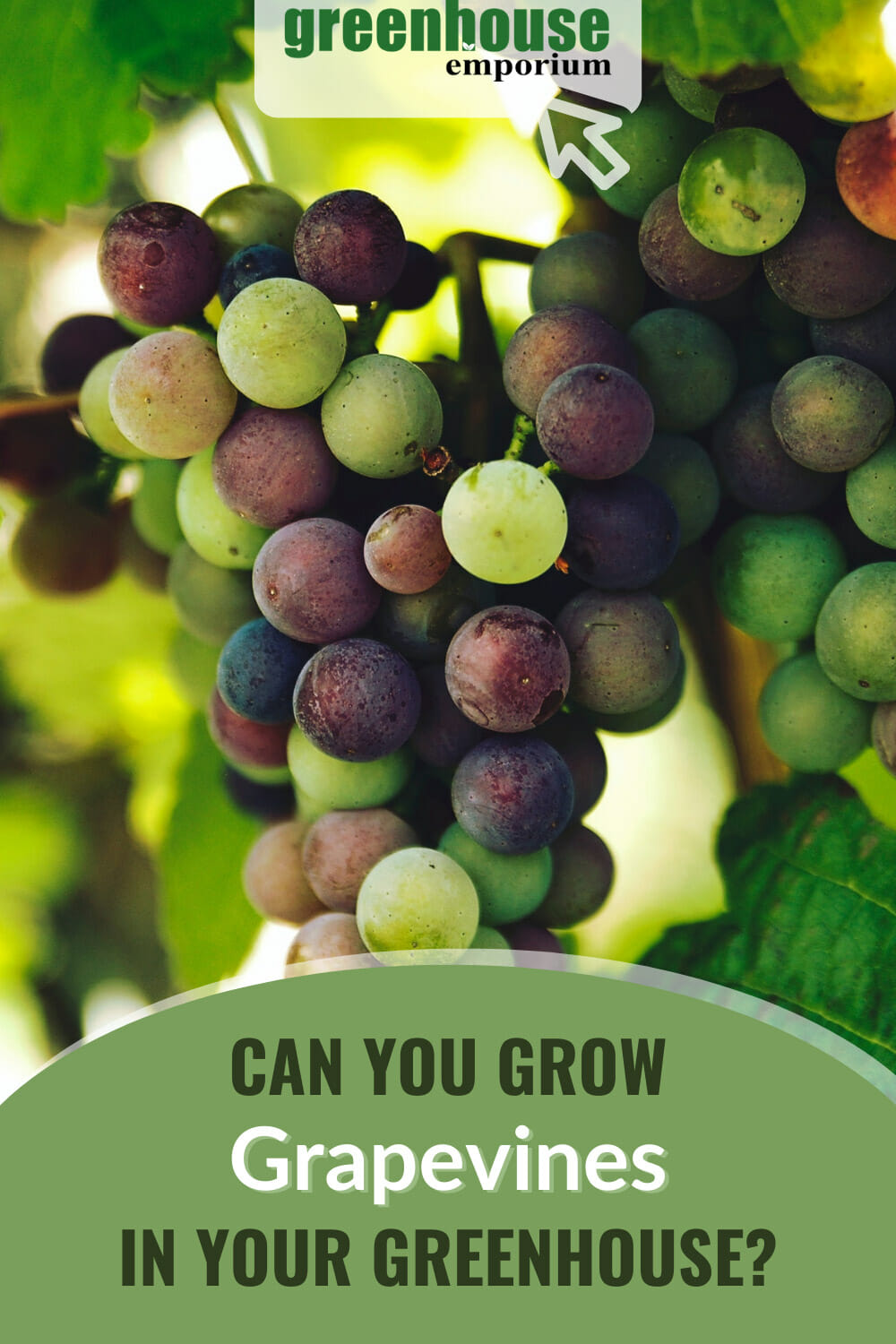
How to care for grapevines in a greenhouse
Now that you’ve decided how to plant your grapevine(s) in the greenhouse, it’s time to learn how to take care of them so that you can harvest delicious grapes at the end of the growing season.
The process of caring for grapes in a greenhouse isn’t particularly complicated. However, it’s important to make sure that the growing conditions in your greenhouse meet the requirements of the grapevines to ensure a happy and healthy crop.
Sunlight
First, grapevines require a minimum of 6-8 hours of direct sunlight during the growing season for optimal growth. It’s okay if your greenhouse receives some shade during the day (or if you use shade cloths), as long as there’s plenty of indirect light throughout the day.
If your greenhouse doesn’t meet these light requirements, you can supplement with grow lights.
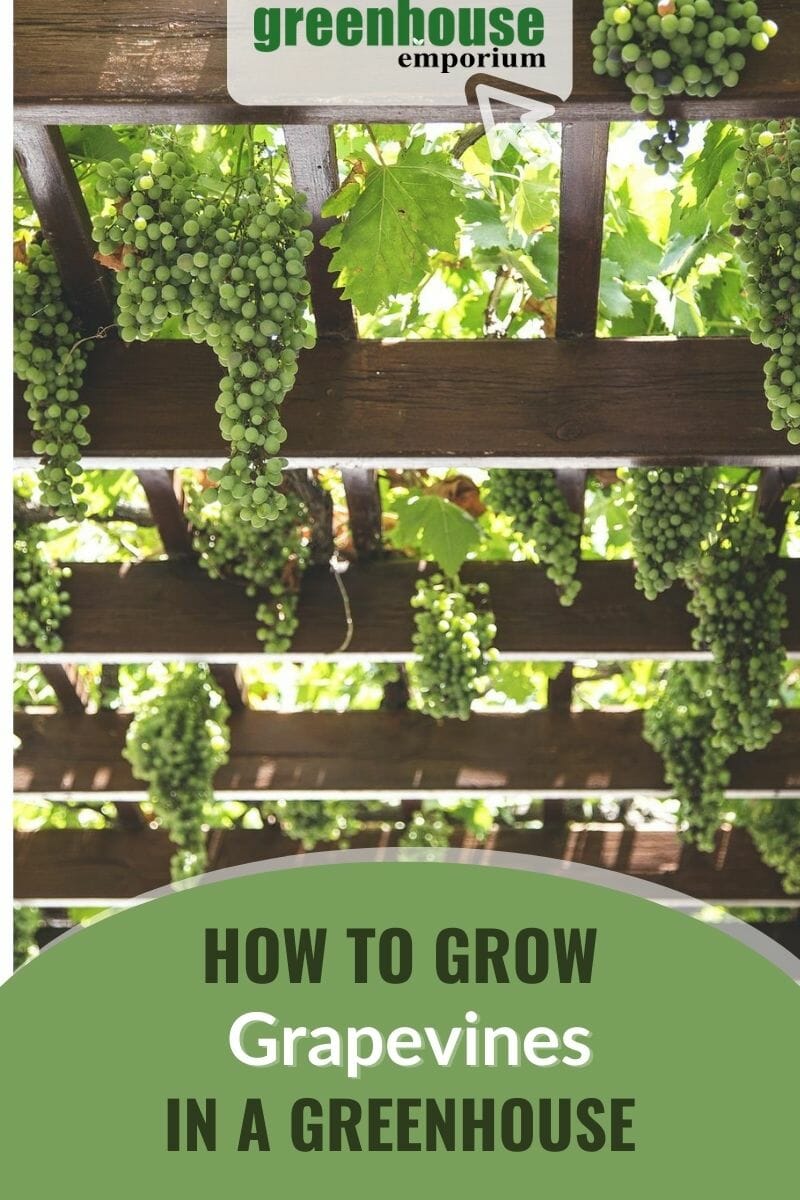
Soil conditions
Rich, loamy soil with plenty of organic matter is ideal for growing grapes. You can amend existing soil with organic material such as manure, leaf mold, or composted yard waste.
Different types of soil vary widely in texture and moisture content. Some soils dry out quickly while others are prone to becoming water-logged. If you plan to use a potting mix, make sure it contains plenty of organic material such as peat moss, which helps retain moisture and simultaneously improves drainage.
Temperature
For ideal grapevine growing, the temperature in your greenhouse should remain above 70°F throughout the day and drop only minimally at night. Note that 77-90°F is the ideal temperature for fruit development.
In addition, make sure that there’s plenty of air circulation in your greenhouse. Although grapes need those warmer temperatures to develop, the vines can suffer if your greenhouse overheats.
If necessary, you can improve circulation in the greenhouse with vents and fans.
Watering
Grapevines require plenty of regular watering during the growing season to feed their rapid growth and fruit development. The soil should remain moist, but not water-logged. A drip irrigation system is ideal for ensuring even and consistent root watering. Have a look at this easy-to-install drip irrigation system!
Water the vines when the topsoil starts to dry out. If the vines start showing signs of stress, such as shriveled roots and leaves, you should water immediately and deeply. For vines planted in the soil, water deeply about once a week. Grapevines grown in containers may require more frequent watering depending on how quickly the soil dries.
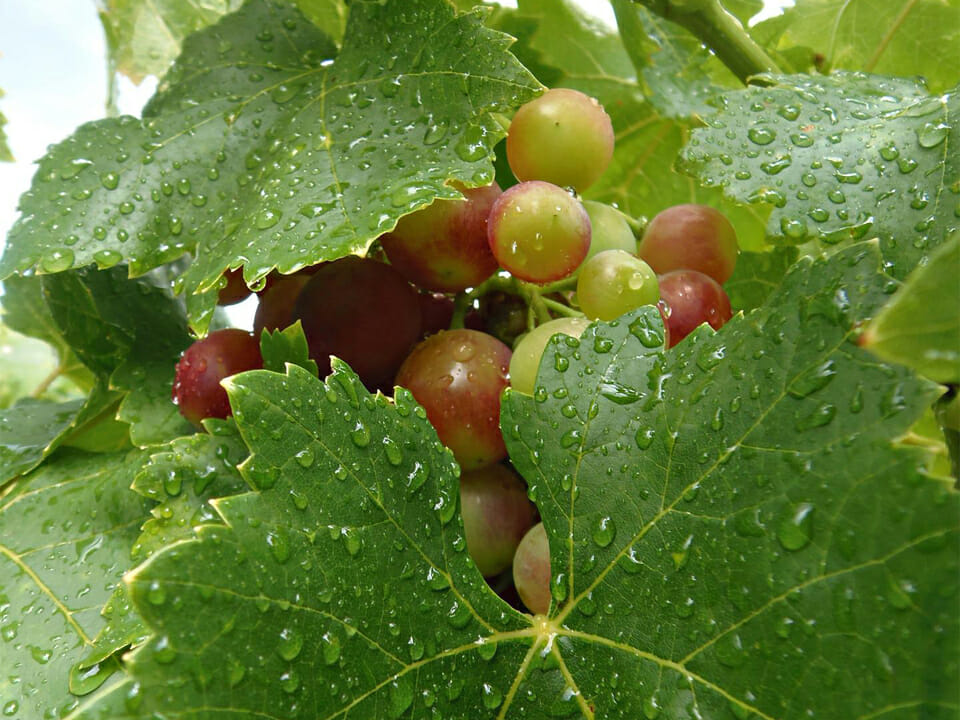
Fertilizing
Fertilizer promotes healthy growth and helps prevent disease. Nitrogen is needed for rapid vegetative growth, while phosphorus promotes flowering, and potassium encourages fruiting.
For best results, use a balanced fertilizer with all 3 elements (NPK). Follow the instructions on the packaging for proper application rates and frequency. For example, you might fertilize directly after planting to encourage growth, and monthly throughout the growing season.
Diseases and pests to watch out for
Growing grapevines in a greenhouse provides a certain amount of protection from pests and diseases. However, a greenhouse is not impermeable, so you should still take the necessary steps to avoid damage to your grapevines.
To prevent pests and disease in your greenhouse, you should do your best to remove visible insects by picking, spraying (with water), or shaking the plant. You should also keep your greenhouse free of debris and weeds to avoid rotting and potentially introducing disease to otherwise healthy plants.
For grapevines in particular, keep an eye out for pests such as aphids, mealybugs, and spider mites. There are also a handful of diseases that can cause significant damage to your crop. For example, powdery mildew can wreak havoc on grapes if not kept in check.
Powdery Mildew is a fungal disease that causes small, gray-white patches on the leaves and stems. Leaves wither prematurely and rot while grapes become stunted and misshapen. You can control powdery mildew with a number of methods including copper fungicide.
The most effective method of control is preventing infection in the first place. One way to do so is ensuring that there’s plenty of air circulation.
If you notice any unusual symptoms on your plants, you can contact your local extension office for advice on identifying and treating the problem as soon as possible.
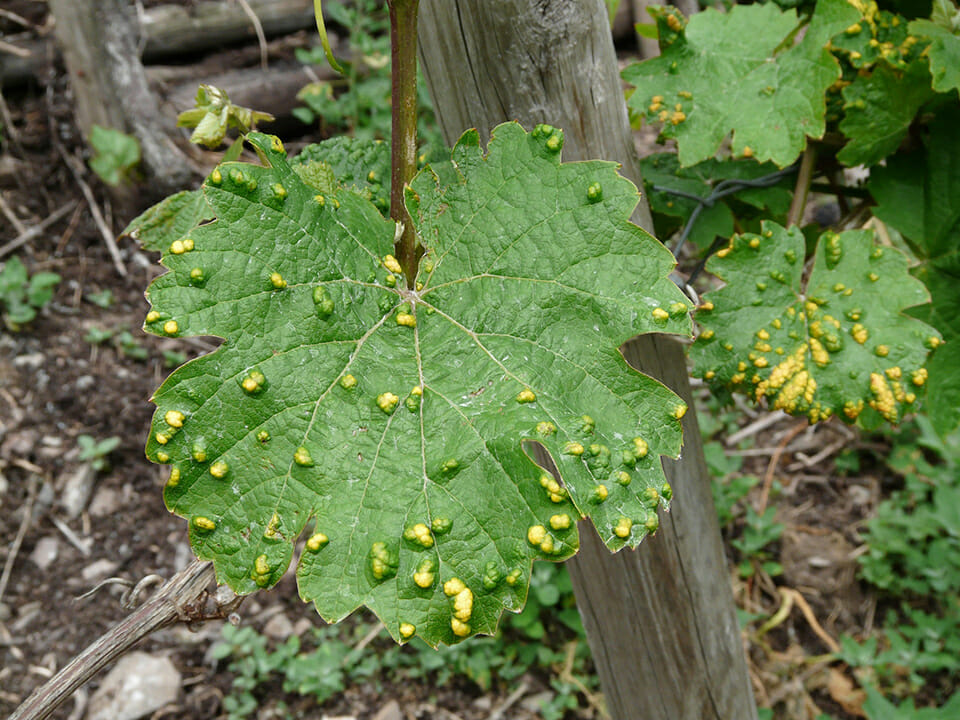
How to train and prune grapevines in a greenhouse
You can train a grapevine to grow along a trellis or arbor by tying it or gently weaving the grapevine as it grows. If you don’t trellis your grapevine, it’ll grow uncontrollably and will become more difficult to manage over time.
You should also prune the stems periodically to promote branching and increase fruit production. Cut off lower branches and remove any damaged parts. Trim away old wood and prune back the tops of young vines by one-third. This stimulates the formation of lateral buds which produce additional flowers and fruit.
After the growing season, you should prune up to 90% of the growth. Don’t worry, your grapevine will grow back vigorously next season!
You can use a system like this plant spiral for excellent results.

When and how to harvest grapes
Harvest grapes when they reach the desired size and sweetness. You can remove any grapes with blemishes or defects if necessary. Simply cut the desired bunches away from the main stem with pruners or garden scissors.
Store harvested grapes in a cool, dark place such as a refrigerator. If making fresh grape juice, keep in mind that it has a relatively short shelf life. Keep the juice refrigerated and consume it within two weeks, if it even lasts that long!
If you’re an adventurous grape cultivator, you can even try making your own wine.
Best grape varieties to grow in a greenhouse
The hardest part about growing grapes in your greenhouse is deciding on the variety or varieties to grow. Did you know that there are more than 500 grape varieties to choose from?
To make things a little easier for you, we’ve selected our top five varieties to grow in a greenhouse, whether you’re looking to grow grapes to eat fresh or make into wine, juice, or jelly.
Muscat of Alexandria
The Muscat of Alexandria grape is best known for its sweet taste, strong aroma, and long shelf life. Originated in Africa, it grows best in warm climates in loamy, chalky, or sandy soil. This variety can tolerate drought conditions, though you should keep it regularly watered for best results.
The Muscat of Alexandria is a vigorous grower and requires plenty of space! These yellow grapes are best eaten fresh but can also be used in wine production.

Muscat Hamburg
As the name suggests, the Muscat Hamburg (or Black Muscat) is a grape variety originated in Germany. It has dark green leaves and produces exceptionally large clusters of small, juicy, black grapes that make for excellent eating.
The Black Hamburg variety grows quickly and is very heat-tolerant. Although it requires little maintenance, it should be grown in well-draining yet moist soil with plenty of nutrients for optimal development. This grape is widely grown for use in wine production but it’s also a delicious table grape.
Golden Muscat
Similar to the Muscat Hamburg, the Golden Muscat is a sweet, delicious, and juicy grape. It boasts large, heavy clusters of golden-colored fruit.
Due to its vigorous growth, the Golden Muscat is a standard of American grape growing. It’s best known to shine in wine, but can also be consumed as a table grape.
Canadice
The Canadice is a red seedless grape that is sweet, juicy, and firm. Its clusters are medium in size. Interestingly, this grape has a unique mildly spicy flavor that makes it a stand-out table grape. They store particularly well when kept in a cool environment.
Interlaken Seedless
Another seedless variety, the Interlaken Seedless is a green grape with a sharp flavor. It’s an early ripening variety which makes it a particularly great option for greenhouse growing if you’re looking for fresh table grapes outside of the regular season.

